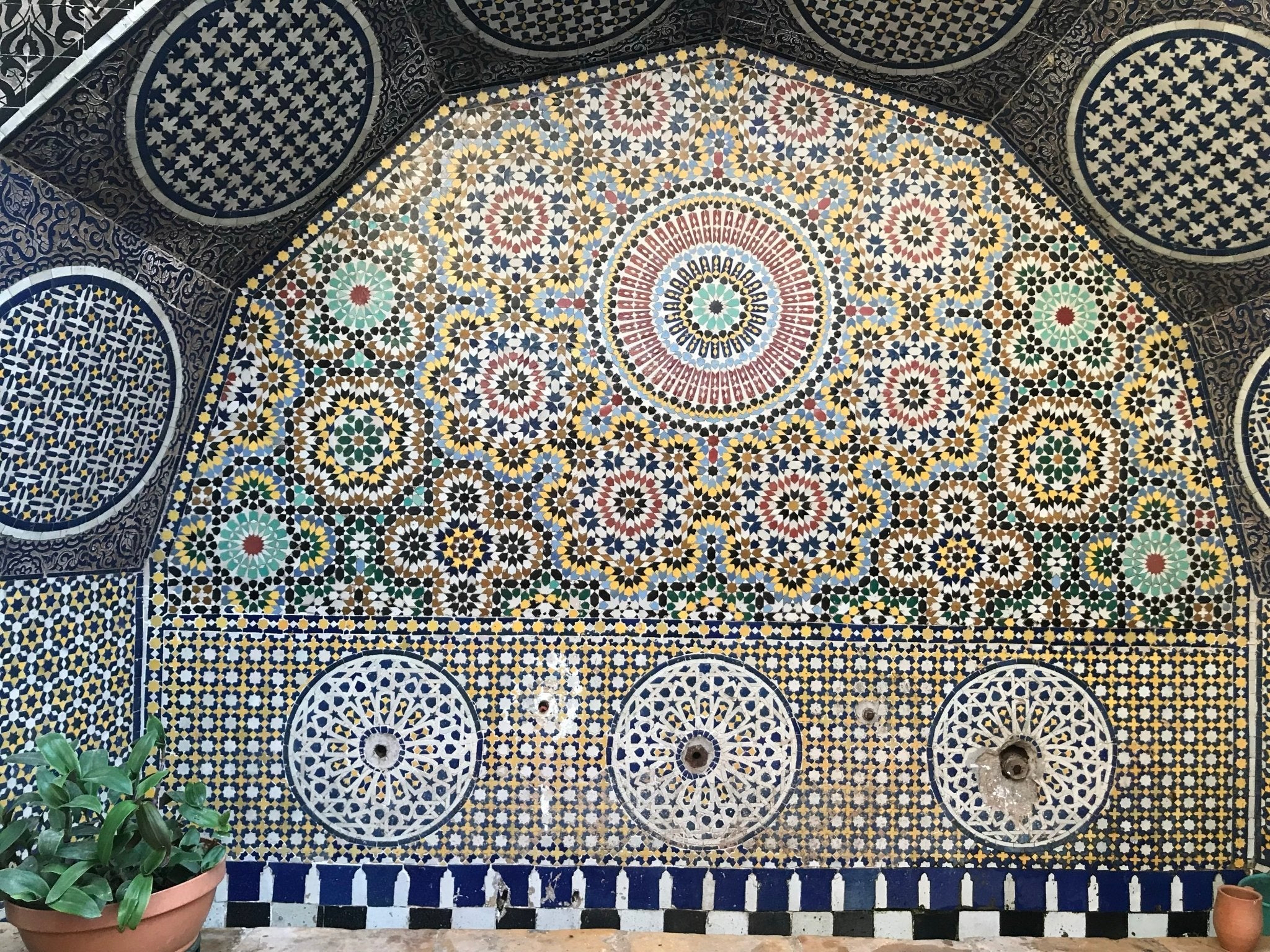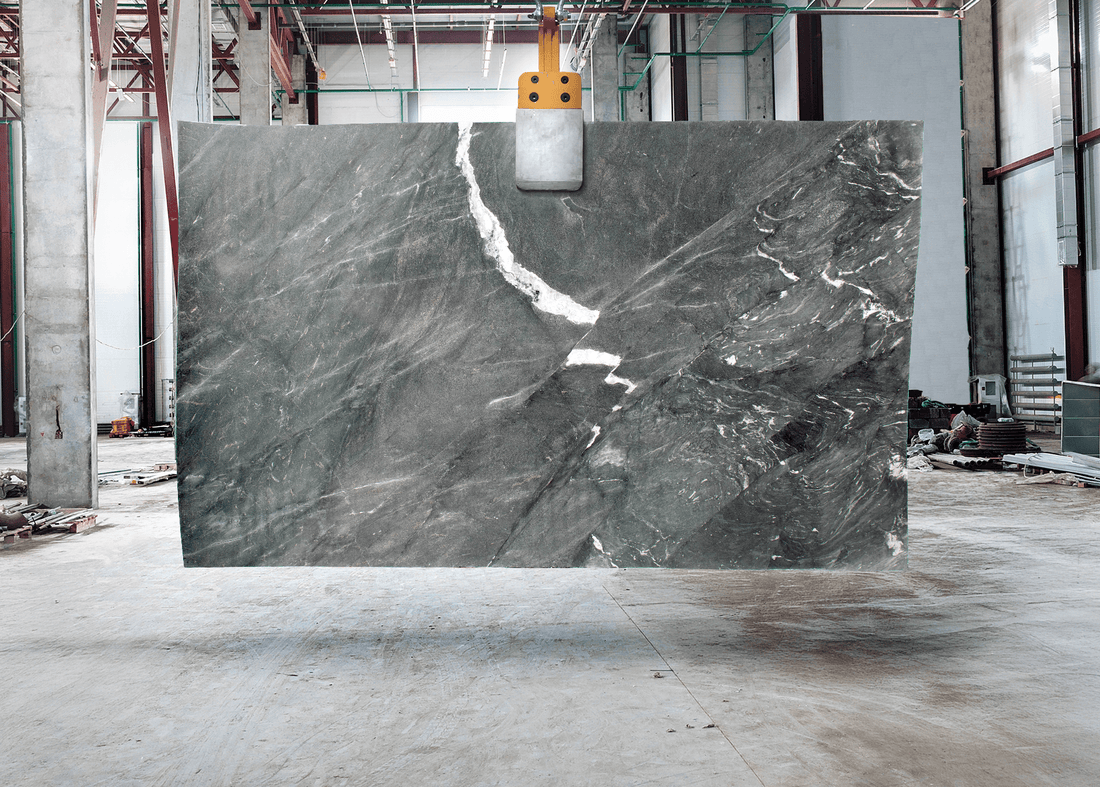Besides the fact that the process of Zellige tile making is almost 100% hand-made and never used mas’ production, electrified
machinery, the raw clay material that comes from Meknes, Fe, Safi, and Sale of Morocco, has this very high content of silica composition. High silica composition makes Zellige tiles less water observant and keeps the tile’s glaze bright and vibrant for
decades to come.


Today, in Fes and surrounding areas, same hand craftsmanship used by the artisans who inherited the technique from their
ancestors. On our 2018 trip to Fes, my partner and I were told by the local producers that lately, few European entrepreneurs have tried to modernize this technique by adding some automated machinery however, the results were discouraging. I, for one, couldn’t verify this information but after spending a few days in Fes Zellige workshops, I could tell that it’s not just producing cle tiles, it is a lifestyle. In Fes, Zellige making is shaping local people’s life. They arrange their vacation time, work hours, weddings, etc all around the
production cycle of Zellige making because it involves the weather, the temperature, humidity level. If someone comes with a faster
process that eliminates that “charming imperfection” the magical world of real Zellige will disappear.
And you thought that the desert has only a few colors. This maybe true if you didn’t meet the “zellige” yet. Skillful 14th Century’s North African artisans mastered the colors of blue, green, and yellow. Red was introduced in 17th century. Today's natural earth colors were not used until 20th century. Patterns are commonly used are consist of geometric shapes that can be found on
ornament walls, ceilings, floors, fountains, pools, and tabletops. Below, an antique zellige tile used on a fountain in Meknes Morocco (left). Merinid Zellige from the Chellah in Rabat Morocco (right)







